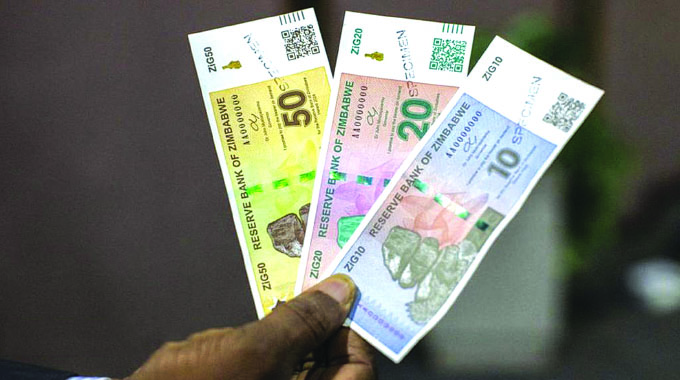How SA’s middle class lost their wealth over a decade

The chatter around braais and dinner tables these days is being dominated by the vast destruction of middle-class wealth due to the steady collapse of the residential property market.
Typically, these conversations are sparked by one of the participants knowing (or being) a ‘forced’ seller of a property – mostly due to emigration or semigration. At this point, the owners often realise that a property purchased for, say, R3 million around a decade ago is barely worth that price today (plus it takes months and months and months to find a buyer).
To keep up with inflation, that R3 million house (bought in 2014) ought to be worth R4,9 million today. Aside from very specific markets (think much of Cape Town and surrounds), it is not.
This is not unique to the upper-income segment of the market, although due to emigration patterns, it is certainly more apparent in the R2 million-plus price bracket. It is also the reality for R600 000 studio apartments and R1,5 million houses in ‘well-off’ areas across the country.
Those who are unlucky enough to still own investment properties are sitting with exactly the same problem, compounded by the fact that they’re funding the shortfall between rental and the all-in monthly cost of the townhouse (bond repayments, levies, maintenance).
There have been various charts doing the rounds on X (formerly Twitter) showing the, ahem, ‘underperformance’ of SA’s residential property market in real terms. Crucially, this factors in the impact of inflation to see the underlying – or relative – performance of prices over time. (With the impact of inflation over time, typical house price index charts are almost always up and to the right … but so are inflation ones.)
Picking 2007/08 – the absolute peak of the market – as the start of this comparison is slightly disingenuous. Following the global financial crisis (and the recession), prices returned to more sober levels and remained broadly flat in real terms for about a decade. This meant that growth in house prices just about kept up with inflation.
In the last three years, however, house price growth has been beneath that of inflation.
Data from the Bank for International Settlements via the St Louis Fed’s FRED (Federal Reserve Economic Data) tool shows just how stark the decline has been.
A stuttering economy, interest rates at multi-decade highs, load shedding, and emigration sales above their long-term average mean a struggling residential property market.
Near-catastrophic impact
For many middle-class South Africans, the majority of their wealth is tied up in their physical property and retirement savings (typically a pension fund or retirement annuity).
With primary residences, the theory has always been that nearer retirement, they’d be able to ‘bank’ the equity from their paid-off homes and downscale, with the difference (‘profit’) being used to supplement their existing retirement savings.
But if that R3 million house is no longer worth the R5 million it was expected to be, the disparity – especially for those close to retirement – could be near-catastrophic. (For those with longer time horizons until they reach their 60s, a change of strategy may be required.)
If balanced funds – the cornerstone of ‘conventional’ retirement saving – had performed, this would be fine. However, in the last decade they haven’t. – Moneyweb










Comments